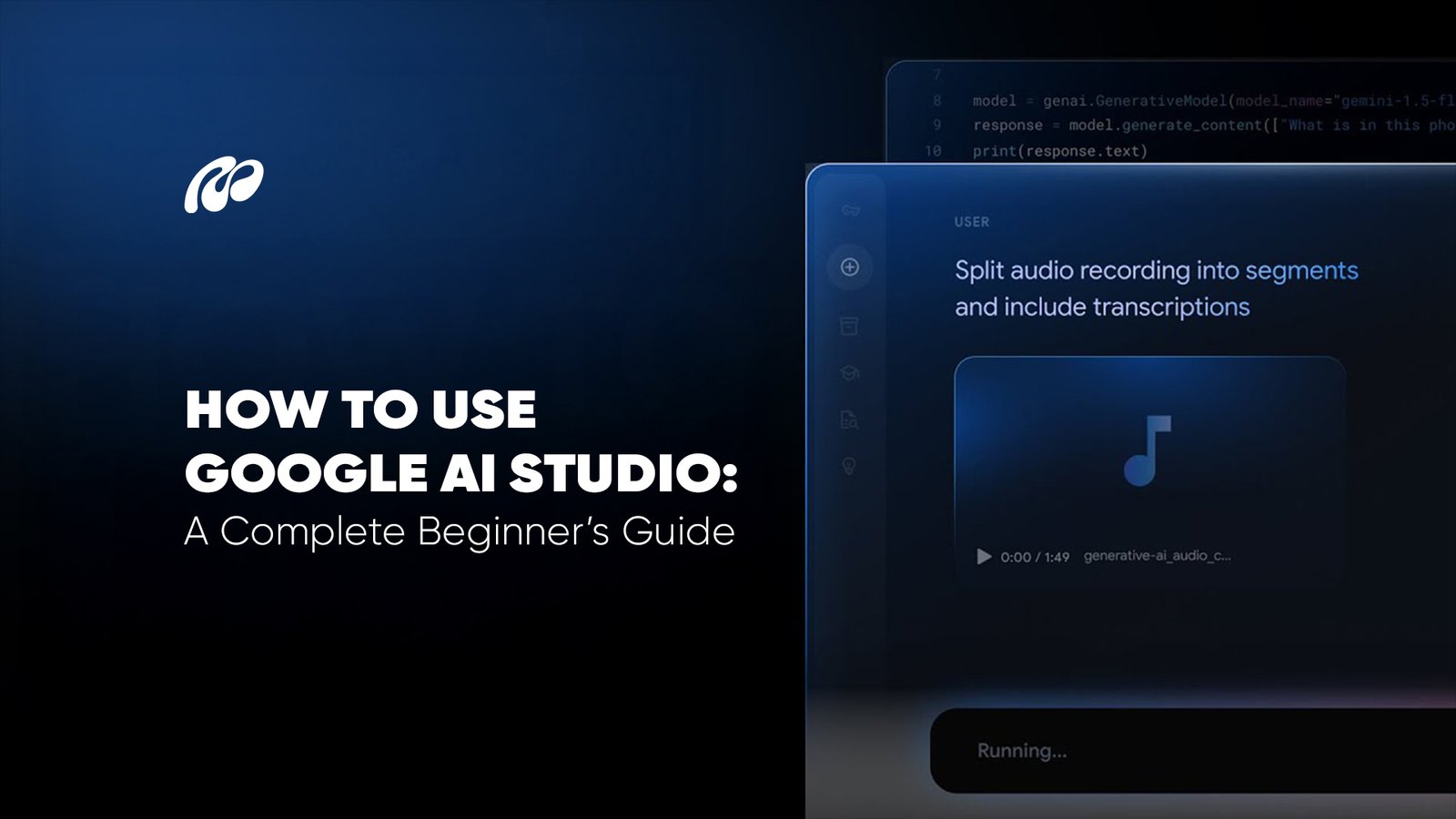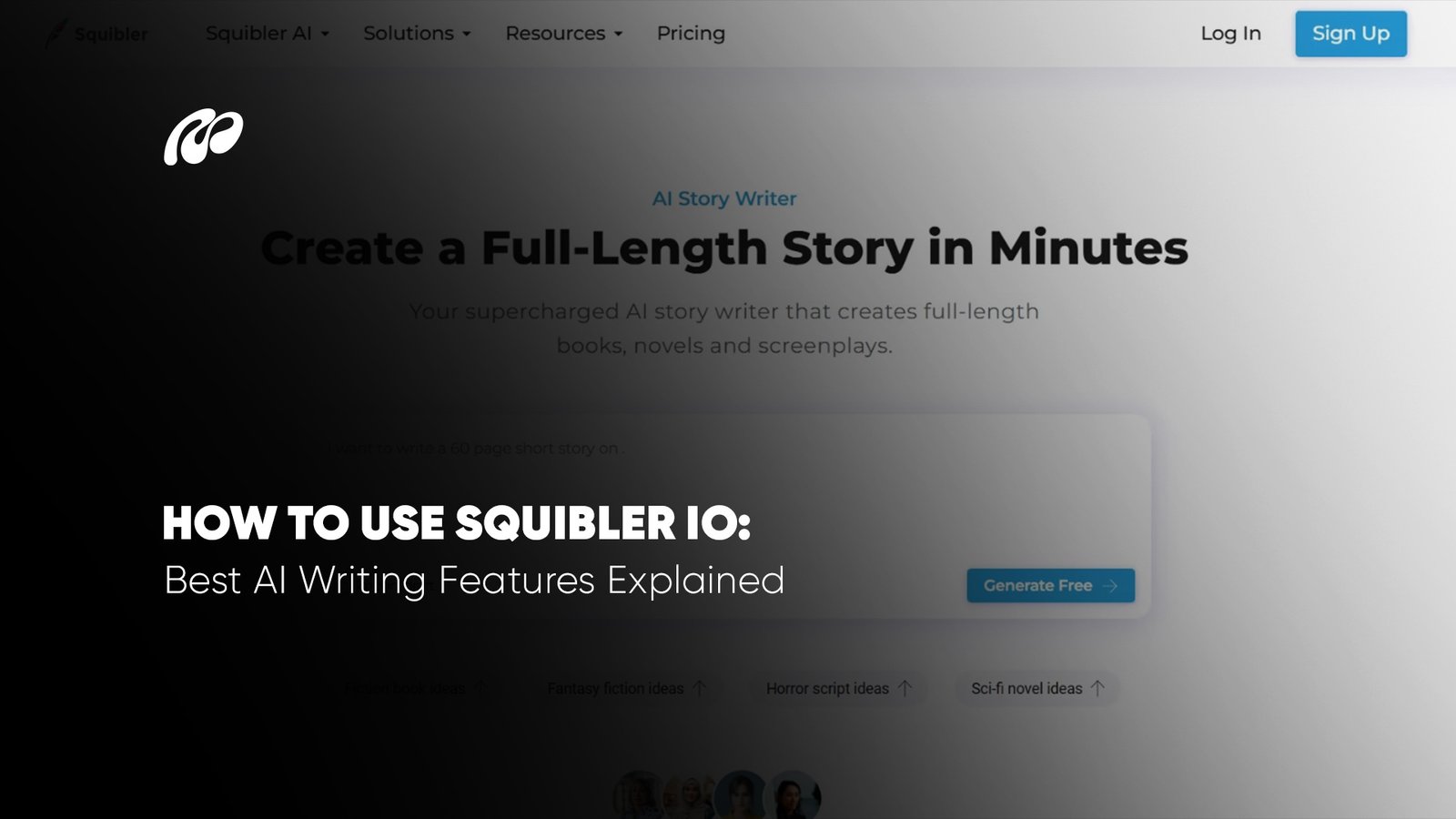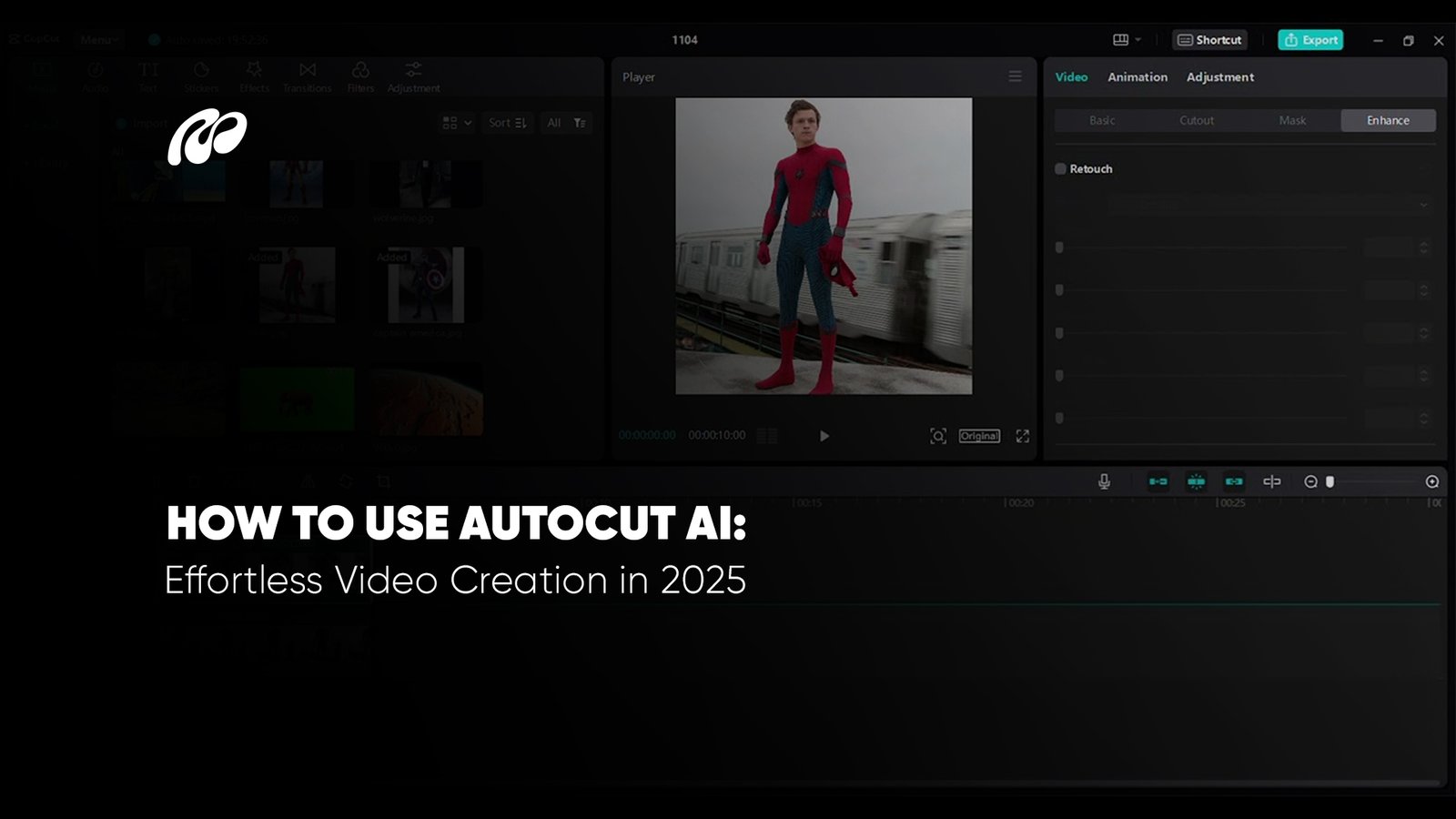Summary
- Google AI Studio is a browser-based environment that enables users to test and refine prompts using Gemini models with no coding required.
- The platform features an intuitive Google AI Studio interface, real-time response generation, and customization options like temperature and token control.
- Users can upload files, create multi-modal prompts, and manage prompt history, making Google AI Studio features and usage ideal for educators, developers, and researchers.
- The Google AI Studio free plan offers basic access, while advanced usage is supported through scalable, usage-based Google AI Studio pricing plans.
- Integrated directly with Google’s ecosystem, Google AI Studio ensures seamless interaction with Google Drive, Gemini APIs, and Workspace tools.
- Alternatives such as OpenAI Playground, Microsoft Azure AI Studio, and Hugging Face Spaces serve users seeking different functionalities beyond Studio AI google capabilities.
- Whether you’re using the Google AI Studio desktop app, experimenting with Gemini logic, or exploring API-based automation, this tool supports flexible and scalable AI workflows.
Getting started with Google AI Studio can feel overwhelming at first glance, especially if you’re new to AI development environments. However, Google’s approach to AI prototyping is designed to make the entry process intuitive, even for non-technical users. Google AI Studio provides a clean, browser-based interface where you can write, test, and iterate prompts using Gemini models. It supports prompt engineering, parameter control, and real-time feedback, all from a single screen.
To begin, users simply need to sign in with a Google account. From there, selecting a model, customizing prompt settings, and executing instructions take just a few steps. Whether you’re testing chatbot flows, generating content, or refining logic, the process is streamlined for experimentation. Its structure is also ideal for developers who are building user-facing AI interactions or internal automation.
This hands-on workflow shares a conceptual similarity with companion-based AI interfaces like CrushOn AI, which guide users through human-like conversations for relationship-building and emotional engagement. While CrushOn AI focuses on character-driven dialogue in a chat environment, Google AI Studio targets structured prompt design, yet both emphasize user-friendly input methods and dynamic response systems. In both cases, the goal is to give users more agency over how AI responds, whether it’s for conversation, productivity, or creative output.
For complete beginners, Google AI Studio functions as a safe space to learn by doing. There’s no need for complex code libraries or local installations. Everything happens in the cloud, giving you the freedom to test, refine, and improve your AI use cases as you go. Whether you’re a startup founder exploring automation or an educator building learning tools, this studio helps you focus more on ideas and less on infrastructure.
How to Use Google AI Studio: Step-by-Step Guide

Google AI Studio offers an intuitive environment for prompt testing, model customization, and real-time AI response generation using Gemini models. If you’re new to this workspace, follow the steps below to get started with ease and confidence:
Step 1: Visit the Official Website
Open your browser and go to the official Google AI Studio site. Since it’s a web-based interface, there’s no need to install software before you begin. The platform loads instantly and is optimized for all major operating systems.
Step 2: Sign in with Your Google Account
Once on the homepage, sign in using your existing Google account. This step gives you access to your dashboard, saved prompts, API key management, and access logs. Your account also syncs session history for easier tracking.
Step 3: Select a Gemini Model
After logging in, choose from the available Gemini models. Each model varies slightly in performance, token limit, and supported tasks, whether you need summarization, coding, or structured generation. For creative tasks or dialogue simulations, Gemini 1.5 is often preferred for its balanced responses.
Step 4: Start a New Prompt or Use a Template
Click “Start New Prompt” to begin from scratch, or browse available templates. Templates are pre-set prompt configurations that help guide new users on how to interact with AI. You can modify these later as your project evolves.
Step 5: Customize Parameters
This is where prompt engineering becomes powerful. Adjust parameters such as temperature (to control creativity), max token length (for output size), and top-p sampling to refine responses. You can save your preferred settings for future sessions.
Step 6: Upload Files (Optional)
You may upload images, PDFs, or documents to support multi-modal prompt execution. Gemini models support file inputs for context-rich interactions, such as answering questions based on document content or generating summaries. This feature enhances capability in academic and enterprise settings.
Step 7: Run, Review, and Refine
Click “Run” to generate a response from the model. Review the output, then refine your prompt or parameters if the results need improvement. Repeat this cycle to iterate efficiently, ideal for developers, writers, and educators refining workflow logic or content accuracy.
Step 8: Export Your Work
Once satisfied with the result, you can export it by copying the output or saving it within your workspace. Google AI Studio supports basic export features that let you integrate results into broader workflows.
What is Google AI Studio?
Google AI Studio is a browser-based environment developed to help users interact with Google’s Gemini family of models through structured prompt design. It’s engineered for fast experimentation, allowing you to create, refine, and test prompts without writing a single line of code. Whether you’re a beginner experimenting with AI for the first time or a developer prototyping logic-driven workflows, Google Studio AI makes it easy to translate your ideas into functional outputs.
At its core, Google AI Studio serves as a real-time playground for prompt engineering. Users can select from multiple Gemini models, enter custom inputs, adjust parameters such as temperature or token count, and immediately receive AI-generated responses. The interface is responsive and minimalist, focusing on functionality and usability. Beyond simple text interactions, the platform also supports file uploads, enabling more contextual and multi-modal responses, especially useful in use cases involving document summarization or structured analysis.
This structured approach is particularly valuable for users who rely on precise outputs, like developers or writers shaping AI-generated content for various formats. A similar content-focused philosophy is visible in JotBot AI, a writing assistant built to enhance productivity through intelligent text generation. While JotBot is centered on long-form content and blog generation, both systems emphasize accuracy, control, and iterative refinement. They demonstrate how AI systems can adapt to user needs without sacrificing speed or quality, making it easier to produce clean, relevant outputs even with minimal prompt input.
Google AI Studio also emphasizes accessibility. Since it operates fully within the browser and requires only a Google login, there’s no barrier to entry. You don’t need specialized tools or local resources to use the service. This design makes it suitable for educators designing lessons, product managers drafting user stories, or analysts building report templates using structured responses from the Gemini models.
Ultimately, Google AI Studio isn’t just an interface; it’s a workflow companion that supports rapid development, live experimentation, and scalable creative tasks across industries.
Benefits of Using Google AI Studio
1. User-Friendly Interface for Rapid Prototyping
The interface is minimal, fast, and structured to allow users to jump directly into prompt creation and testing. Unlike traditional development environments that require setup, libraries, or API scaffolding, Google AI Studio works out of the box in any modern browser. This simplicity supports faster iteration cycles, making it particularly useful for teams working on new product ideas or AI logic that needs real-time testing.
The efficiency of this prompt-first workflow aligns with creative AI assistants like Walter Writes AI, which are designed to remove friction from writing and content ideation. Both platforms prioritize speed and ease of execution, helping users bring concepts to life without being bogged down by technical barriers.
2. Built-In Integration with Google Services
Once you’re signed in with your Google account, you’re already connected to your documents, files, and cloud environment. This integration allows you to upload context data, access Google Drive assets, and extend projects through services like Gemini APIs and Vertex AI. If you’re working across multiple Google tools, Google AI Studio functions as a central command space for your AI workflows.
3. Custom Model Tuning
While the models come with smart defaults, you have full control over prompt behavior through adjustable parameters. You can tune temperature, token limits, and other generation variables to match the tone, depth, or accuracy required. This level of control is essential when building AI experiences that will eventually be integrated into client-facing products or business logic.
The need for customization often becomes critical in app development settings, where AI features are embedded into real applications. Companies seeking end-to-end development often look toward services like Mobile App Development Company Dallas, where integrating AI into apps, either for customer interaction, analytics, or automation, requires flexibility in model behavior. Google AI Studio supports that flexibility from the prototype to production-ready logic.
4. Collaboration and Version Control
Sessions are automatically saved, making it easy to review changes and revert to earlier versions if needed. This is especially valuable in collaborative environments where multiple team members may contribute to prompt design or iterative testing. The time-stamped history makes prompt refinement more structured, similar to version control in software development.
5. Secure and Scalable Deployment
Google AI Studio benefits from the same infrastructure that powers Google Cloud, ensuring high levels of data protection and compliance. Whether you’re a solo creator or part of a larger organization, the environment supports scaling without compromising on privacy or performance. This is vital for industries that handle sensitive information, including healthcare, legal, or financial sectors.
In summary, Google AI Studio not only provides a flexible space for real-time AI interaction, but it also lays a solid foundation for embedding that logic into broader workflows. Whether you’re testing a marketing prompt, a conversational assistant, or preparing AI features for an app, the studio’s benefits extend far beyond initial experimentation.
Pros & Cons of Google AI Studio
| Pros | Cons |
| Clean, browser-based interface requires no installation | Offline use is not supported; an internet connection is mandatory |
| Seamless access to Gemini models with prompt editing and real-time testing | Limited third-party tool compatibility outside the Google ecosystem |
| Integration with Google Workspace allows quick access to files and cloud storage | Advanced API features may require a billing account and setup complexity |
| Adjustable parameters for temperature, token length, and model behavior | Export options are limited to plain text; they lack built-in formatting tools |
| Multi-modal input support, including document and image uploads | No native support for plugins or external AI model extensions |
| Ideal for both beginner and intermediate users in prototyping, teaching, or content creation | May not meet advanced production needs for enterprise-level deployment |
| Prompt history with automatic session saving enables version control and team collaboration | UI may feel basic for users accustomed to advanced IDE environments |
Who Should Use Google AI Studio?
Google AI Studio is built to serve a wide audience, from individuals running solo projects to organizations managing structured, collaborative workflows. Its real-time prompt testing environment, Gemini model support, and file-based context input make it suitable across sectors and skill levels. Below are the groups that benefit most from the capabilities of Google AI Studio.
1. Startups
For early-stage companies looking to build proof-of-concept AI tools or automate parts of their product development, Google AI Studio provides a low-overhead solution. It allows small teams to validate use cases, refine natural language prompts, and prototype interactions without hiring large engineering teams. The ability to run custom prompt logic, test outputs, and manage settings all within a browser helps reduce both development time and operational cost.
Startups working on AI-based productivity solutions often build on similar ideation as seen in Fireflies AI, where transcription, summarization, and meeting intelligence are generated through natural language processing. While Fireflies AI automates post-meeting workflows, the foundational logic for prompts and responses in tools like Google AI Studio makes it easier for startup teams to construct these automations with precision and control.
2. Educational Institutions
Teachers, trainers, and instructional designers can use Google AI Studio to create educational AI models, build quiz logic, or summarize academic material for students. Its clean layout and browser-based access lower the barrier for educators who may not have a technical background but want to incorporate AI in the classroom.
An example of this educational support structure is mirrored in the use of Magic School AI, a tool built to assist teachers with lesson planning and personalized feedback. While Magic School AI focuses on direct educator needs, Google AI Studio provides a flexible backend environment where teachers and curriculum developers can create, test, and share AI-driven content tailored to their students’ learning levels.
3. Freelance Developers
Independent developers often work with tight timelines and need flexible environments to experiment, refine, and deliver. Google AI Studio provides a lightweight interface to test AI-powered app logic, chatbot scripts, or summarization tools quickly, without needing heavy infrastructure or local setup. Developers can focus on building and iterating, using model controls to fine-tune performance as required.
For freelance work involving custom chatbots, SEO content tools, or automation scripts, the studio becomes a central place for testing behavior and structuring responses, especially when working with clients who want a fast turnaround or early-stage MVP.
4. Research Organizations
Analysts, researchers, and academic teams can benefit from Google AI Studio by using it to summarize lengthy documents, extract structured data, or simulate interactions for user studies. The ability to upload files and work with context-aware prompts is valuable for research that involves large datasets or qualitative inputs.
The platform’s real-time feedback and adjustable parameters allow teams to test how AI interprets complex information, which is especially useful when aligning model responses with research goals. Whether you’re studying communication behavior, educational psychology, or machine learning prompts, AI Studio Google provides the flexibility to align model behavior with specific experimental needs.
Overall, Google AI Studio supports a broad spectrum of users who are looking for speed, simplicity, and the power of Gemini models to bring AI-driven ideas to life.
Google AI Studio Pricing Plans
| Plan | Price | Features | Best For |
| Free Plan | $0/month | Access to Gemini models with limited tokens, basic prompt testing, session history, and no API access | Beginners, educators, and small-scale testing |
| Standard Plan | Usage-based | Scaled token usage, moderate input/output limits, file uploads, basic API support | Freelancers, startups, and content developers |
| Pro Plan | Starts at $20/month | Higher token quota, advanced prompt customization, team collaboration, and access to API key | Research teams, technical writers, small orgs |
| Enterprise Plan | Custom pricing | Priority model access, bulk token capacity, enhanced security, team management, and audit controls | Large organizations, enterprise integrations |
Google AI Studio offers flexible plans to meet the needs of casual users as well as production-level teams. You can start with the free version, experiment with model behavior, and then scale to a paid tier as your AI usage grows.
Quick Steps to Download Google AI Studio
Google AI Studio is designed to be easily accessible without complicated installation procedures. Whether you’re looking to start a new AI project or explore prompt engineering, getting started takes just a few minutes. Here’s how to download or access Google AI Studio quickly:
1. Visit the Official Website
To begin using Google AI Studio, simply open your web browser and go to the official site. Since it’s a browser-based environment, there’s no need to download any large software packages. This web-first approach makes the Google AI Studio app easily accessible across different devices and operating systems.
2. Sign In with a Google Account
Once on the website, you’ll need to sign in using your existing Google credentials. This step unlocks access to the Google AI Studio interface, where you can manage prompt history, select models, adjust parameters, and upload documents if needed.
3. (Optional) Install as a Desktop App
For users who prefer a desktop-like experience, you can install Google AI Studio as a Progressive Web App (PWA). Using browsers like Chrome or Edge, simply select the “Install” option from your browser’s menu. This creates a dedicated window for the Google AI Studio desktop app, allowing quicker access and a more focused workspace without browser distractions.
With these steps, you’re ready to explore the features and capabilities of Google AI Studio, whether you’re prototyping AI solutions, running educational demos, or refining Gemini model prompts.
How to Cancel Google AI Studio Subscription
If you’ve been experimenting with advanced prompt workflows or integrating Google AI Studio into your daily operations and decide it’s time to pause or switch tools, canceling your subscription is straightforward through your Google Cloud Billing dashboard. Users on paid tiers, whether using the Standard or Pro plans, can manage and cancel their subscription without affecting access to the Google AI Studio free plan. Here’s how to do it:
First, sign in to your Google Cloud account associated with your AI Studio usage. Navigate to the Billing section, locate your active subscription under “Gemini API Usage” or “Google AI Services,” and choose the “Cancel” option. Confirm your choice, and your subscription will remain active until the end of the current billing cycle.
Canceling doesn’t remove your access entirely; instead, it transitions your account back to the free usage limits, allowing you to retain prompt history and limited model access. This setup is particularly useful for users who might want to scale their usage back temporarily without losing all their work or data.
Many creators find themselves shifting between tools depending on the kind of AI assistance they need. For example, users working on AI-generated writing often alternate between platforms like Google AI Studio and writing-specific environments such as Rytr. While Rytr focuses on content generation for blogs, marketing, and emails, Google AI Studio supports more technical workflows, including API interaction, logic control, and dataset integration. The decision to cancel may come when your content needs outgrow prompt-based testing and shift toward ready-to-publish assets.
As users explore the ever-growing catalog of AI-powered applications, it becomes easier to customize your tech stack according to task, whether it’s writing, app development, or automation. The variety of tools covered in the Mattrics blogs illustrates how different AI models serve distinct functions, and canceling a service like Google AI Studio often doesn’t mean stepping away from AI; it simply reflects an adjustment to the tools that align more closely with your workflow.
In short, canceling a subscription in Google AI Studio is simple, reversible, and user-controlled, making it a flexible choice for developers, educators, or marketers who regularly rotate between different AI platforms.
Alternative Google AI Studio
| Alternative | Description | Key Features | Best For |
| OpenAI Playground | A web-based interface designed for testing prompts using GPT-4 and GPT-3.5 models. | Supports temperature, token limits, and multi-turn interactions. | Developers, writers, and advanced prompt testers. |
| Microsoft Azure AI Studio | Cloud-based AI development suite built on Azure, allowing access to models like GPT and other enterprise AI APIs. | Strong for API integrations, role-based access control, deployment pipelines, and enterprise scaling. | Corporations, IT teams, and business applications. |
| Hugging Face Spaces | A community-powered AI showcase and test environment supporting open-source models. | Allows users to deploy and test models through Gradio or Streamlit apps, publicly or privately. | Researchers, hobbyists, and open-source contributors. |
These Google AI Studio alternatives offer a variety of interfaces and capabilities depending on your technical depth and project goals. Whether you’re prototyping apps, managing datasets, or exploring new model behaviors, each option offers a unique take on AI Studio Google functionalities.
FAQs:
Google AI Studio is best for building, testing, and refining AI prompts using Gemini models. It supports structured prompt engineering for a wide range of applications, including content creation, coding assistance, summarization, and logic-based workflows. The platform is particularly useful for teams working with Google AI Studio Gemini models in real-time, or those exploring advanced features like Google AI Studio video generation and Google AI Studio live testing environments. Whether accessed through the web or as the Google AI Studio desktop app, it offers flexibility for users across industries.
Yes, Google AI Studio is secure and built on Google Cloud’s infrastructure, ensuring encrypted data handling, user authentication, and compliance with enterprise-grade privacy standards. Whether you’re using the browser version or the Google AI Studio desktop app, user data is protected. While there is no official Google AI Studio iOS app yet, the platform remains accessible across mobile browsers. For those using paid services, the safety extends to all usage levels, including Google AI Studio price-based tiers with varying access controls.
You can create prompts for summarization, translation, content generation, Q&A, creative writing, and structured task automation. With support for Google AI Studio Gemini models, users can also design complex prompts for live demos, research, and internal workflows. Whether you’re experimenting with lightweight prompts or testing full logic chains, the studio allows scalable creation within defined Google AI Studio usage limits.
Conclusion
Google AI Studio offers a comprehensive environment for anyone looking to create, test, and refine AI prompts using Google’s Gemini models. Its accessible web-based interface, built-in integrations with Google services, and adjustable parameters make it an ideal solution for individuals and teams across industries, from education and development to content creation and research. Whether you’re experimenting with multi-modal inputs or building out production-ready workflows, the platform balances simplicity with depth.
For those transitioning between tools or assembling a custom AI toolkit, Google AI Studio can be paired with other environments to serve more specialized needs. This modular approach is becoming increasingly common as users explore task-specific models and workspaces. Companies and individuals who manage AI workflows across different applications often look for centralized guidance on evaluating these tools based on use case, scale, and integration potential.
This is where expert-driven ecosystems such as Mattrics offer long-term value. While Google AI Studio covers prompt design, teams may also need recommendations on which AI models suit content generation, conversational intelligence, or technical development. Mattrics brings these dimensions together by examining not just individual tools, but how they fit into a complete AI workflow, spanning blogs, reviews, tutorials, and implementation strategies.
In the broader context of AI development, Google AI Studio stands as a dependable entry point that scales with user ambition. Whether you’re prototyping a chatbot, building educational content, or refining prompts for enterprise automation, it gives you the space and structure to do so, backed by Google’s infrastructure and continuous model improvements. As AI adoption grows across sectors, platforms like this will remain key to helping users learn, build, and adapt without unnecessary friction.




